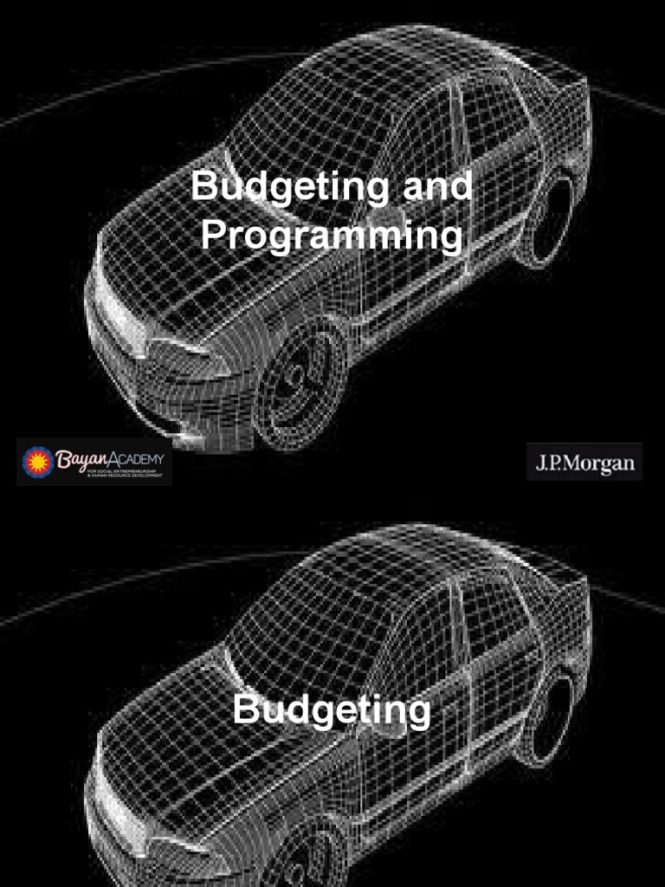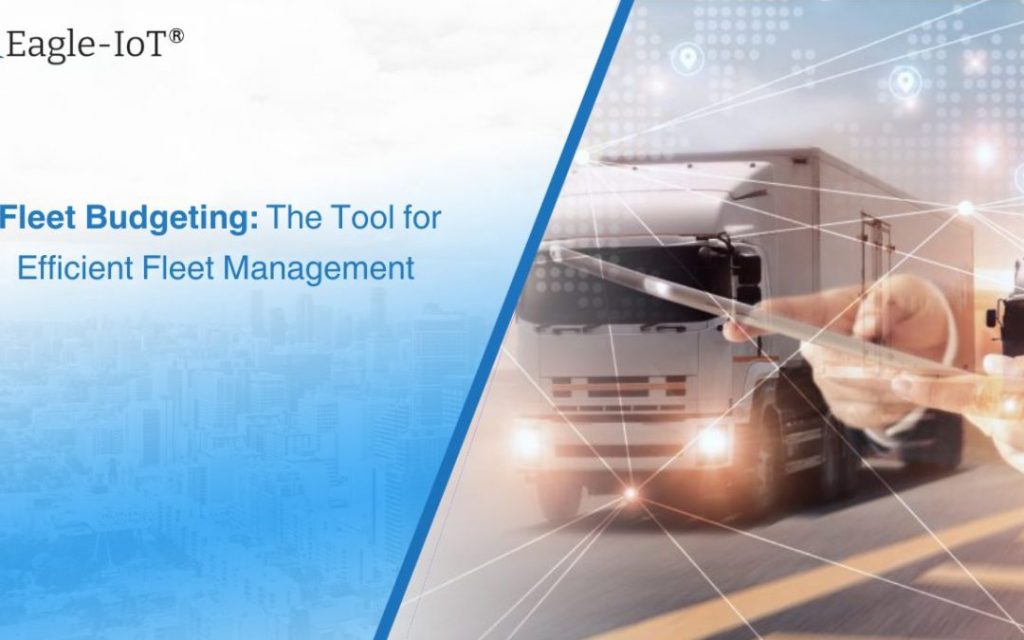

Budgeting for regular upkeep of your automotive fleet is essential for sustained profitability and the longevity of your vehicles. A well-structured budget allows you to proactively address maintenance needs, preventing unexpected and costly repairs in the future. This comprehensive guide will walk you through the process of creating a robust budget for your fleet, outlining strategies to effectively manage maintenance tasks and achieve significant cost savings. We’ll cover everything from initial planning to ongoing maintenance schedules, ensuring your fleet remains in top-notch condition. This article will be structured with a detailed look at planning and forecasting, proactive maintenance techniques, and finally, actionable steps for budget implementation and optimization.
Planning and Forecasting Your Budget
Establishing Clear Objectives
Effective fleet maintenance budgeting begins with establishing clear objectives and outlining the specific needs of your fleet. This involves identifying the types of vehicles in your fleet, their age and mileage, and their intended use. Different vehicles will have varying maintenance requirements. A comprehensive vehicle inventory with maintenance history and future requirements is essential. Analyzing past maintenance expenses helps in identifying recurring patterns and areas of potential cost reduction. For example, a trucking fleet might require more frequent tire changes than a fleet of passenger vehicles. A thorough understanding of these factors allows for a tailored and precise approach to the budget. Consider factors such as driver training, fuel efficiency programs and environmental compliance requirements. Using fleet management software can greatly simplify data collection and analysis, allowing for more sophisticated projections.
Proactive Maintenance Planning
Planning ahead for maintenance can significantly reduce the total cost of vehicle upkeep. Instead of reacting to immediate needs, a proactive approach aims at scheduling maintenance tasks at optimal times. This reduces downtime, ensures safety and reliability, and keeps the fleet on track. Preventative maintenance schedules should be well-defined and include a detailed list of maintenance items, frequencies, and required personnel and resources. For instance, regular oil changes can prevent more serious engine issues down the road. Regular inspections for wear and tear on all parts help in minimizing unexpected breakdowns.
Prioritizing Maintenance Tasks
Identifying Critical Maintenance Items
Prioritizing maintenance tasks is crucial for effective fleet management. Critical maintenance items should be identified based on their impact on vehicle safety, performance, and operational efficiency. These items directly affect the smooth running of your business and minimizing downtime is paramount. Examples of critical maintenance include brake inspections, tire rotations, and engine diagnostics. Regular checks on critical components like brakes, steering systems and exhaust systems are vital. This proactive approach will reduce potential risks and ensures that any problem is detected early.
Implementing a Maintenance Schedule
A well-defined maintenance schedule is critical for minimizing repair costs. This schedule should be tailored to the specific needs of each vehicle in your fleet. Factors such as the vehicle’s age, mileage, usage, and the type of work it performs are considered for a proper schedule. A comprehensive schedule should cover every aspect of vehicle maintenance. For example, a schedule might specify weekly inspections for brakes, quarterly tire rotations, and annual engine tune-ups.
Managing Repair Costs
Analyzing Repair History
Understanding past repair expenses is vital for anticipating future costs. Thorough analysis of repair history provides insights into recurring issues and allows for proactive measures to prevent costly repairs. Data on past expenses will be key in planning budgets for future work. Using historical data, you can anticipate potential problems and plan the required resources, minimizing the impact of costly repairs.
Utilizing Preventive Maintenance Strategies
Implementing preventive maintenance strategies can reduce repair expenses significantly. This involves consistently performing routine checks and addressing minor issues before they escalate into major problems. Examples include regular lubrication of moving parts, inspecting fluids, and checking tire pressure. Implementing a robust preventive maintenance program ensures efficiency and cost-effectiveness, reducing the number of unexpected breakdowns.
Optimizing Operational Efficiency
Implementing a Fleet Management System
A robust fleet management system provides a centralized platform for managing your vehicles, drivers, and maintenance records. These systems provide data analysis capabilities, which significantly aids in managing repair costs and vehicle maintenance proactively. The platform can help you create detailed reports on fuel consumption, vehicle usage, and maintenance history, allowing for better cost control.
Training Drivers on Preventative Maintenance
Training your drivers on basic preventive maintenance can reduce the number of costly repairs. Drivers can identify minor issues and report them promptly, enabling timely interventions and avoiding bigger problems later. Regular training and clear guidelines lead to a culture of preventative maintenance.
Related Post : Ignoring Routine Vehicle Upkeep Costing Your Business Money?
Allocating Resources Effectively
Establishing a Clear Budget Allocation
A detailed budget allocation plan ensures that funds are allocated to the appropriate maintenance areas. You need to outline how much to allocate for different tasks, parts and labor. Consider the variability of costs involved with each type of repair.
Tracking and Monitoring Expenses
Monitoring and tracking expenses is essential for keeping budget on track. Establish a system that regularly monitors the budget against the forecast. Real-time data analysis can help identify areas where you’re exceeding budget and where efficiencies might be implemented.
How can I determine the appropriate budget allocation for different maintenance tasks?
Determining the right allocation for various maintenance tasks requires careful consideration of past maintenance expenses. Historical data analysis can highlight recurring costs and provide insights into the typical expenses associated with different types of maintenance procedures. Factors such as vehicle age, mileage, and usage should also be considered in setting appropriate allocations. Use fleet management software to track spending on different components to ensure proper allocation. This allows for proactive planning.
What is the role of preventive maintenance in managing repair costs?
Preventive maintenance plays a crucial role in managing repair costs. Implementing a thorough preventive maintenance program is a proactive approach to minimize costly repairs. By scheduling routine checks and addressing minor issues, costly repairs can be averted in the future, ultimately increasing operational efficiency, ensuring vehicle longevity, and minimizing the total cost of ownership.
In conclusion, budgeting for regular upkeep of your automotive fleet is crucial for long-term profitability and vehicle longevity. By proactively managing costs, you can avoid costly repairs down the road. This detailed guide has equipped you with the tools to create a robust budget, prioritize maintenance tasks, and ultimately optimize your fleet’s operational efficiency. Implement the strategies outlined here to achieve significant savings and ensure your vehicles remain in peak condition. Contact us today to learn more about tailored fleet maintenance solutions that can further enhance your budget management process.